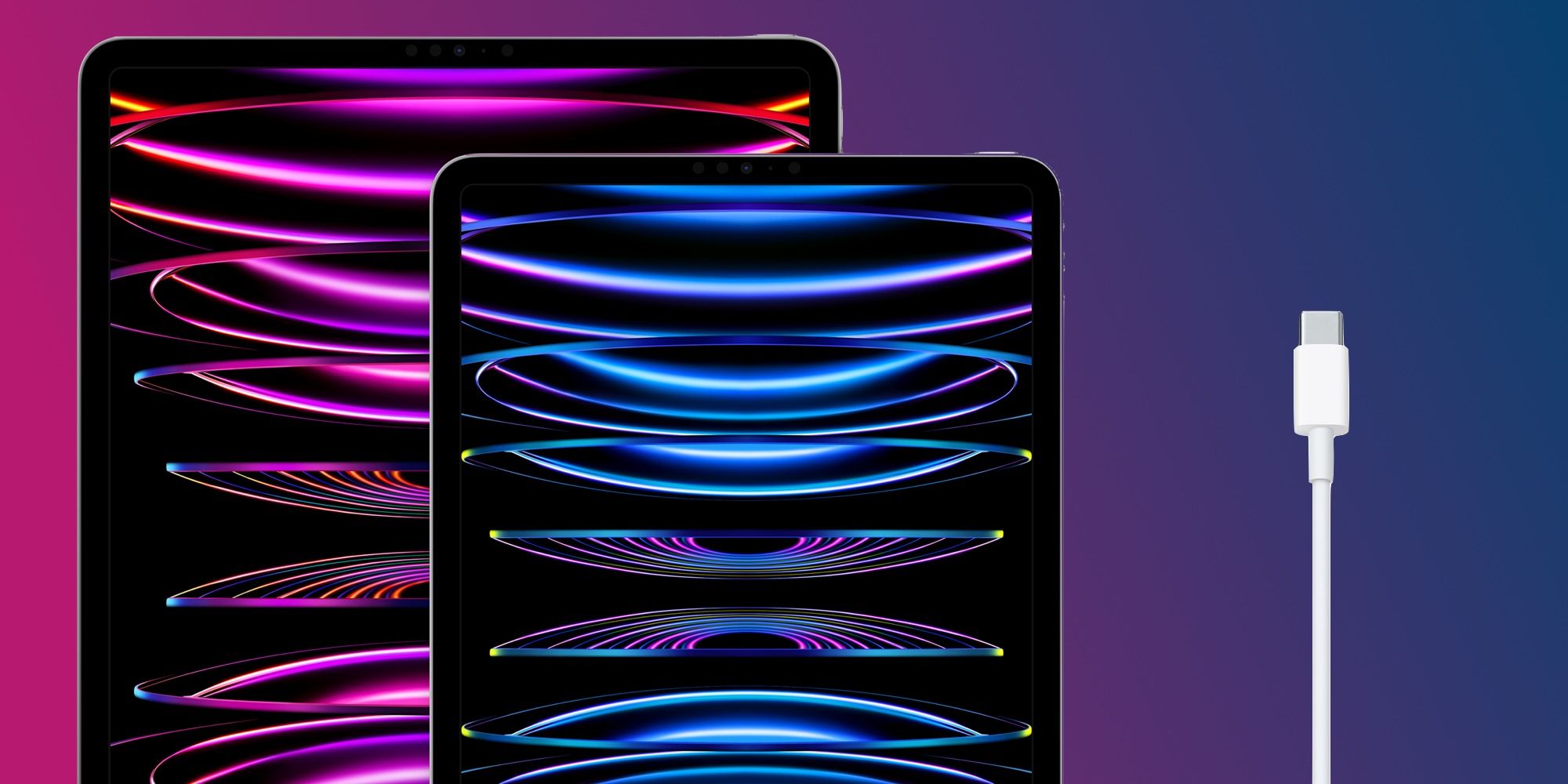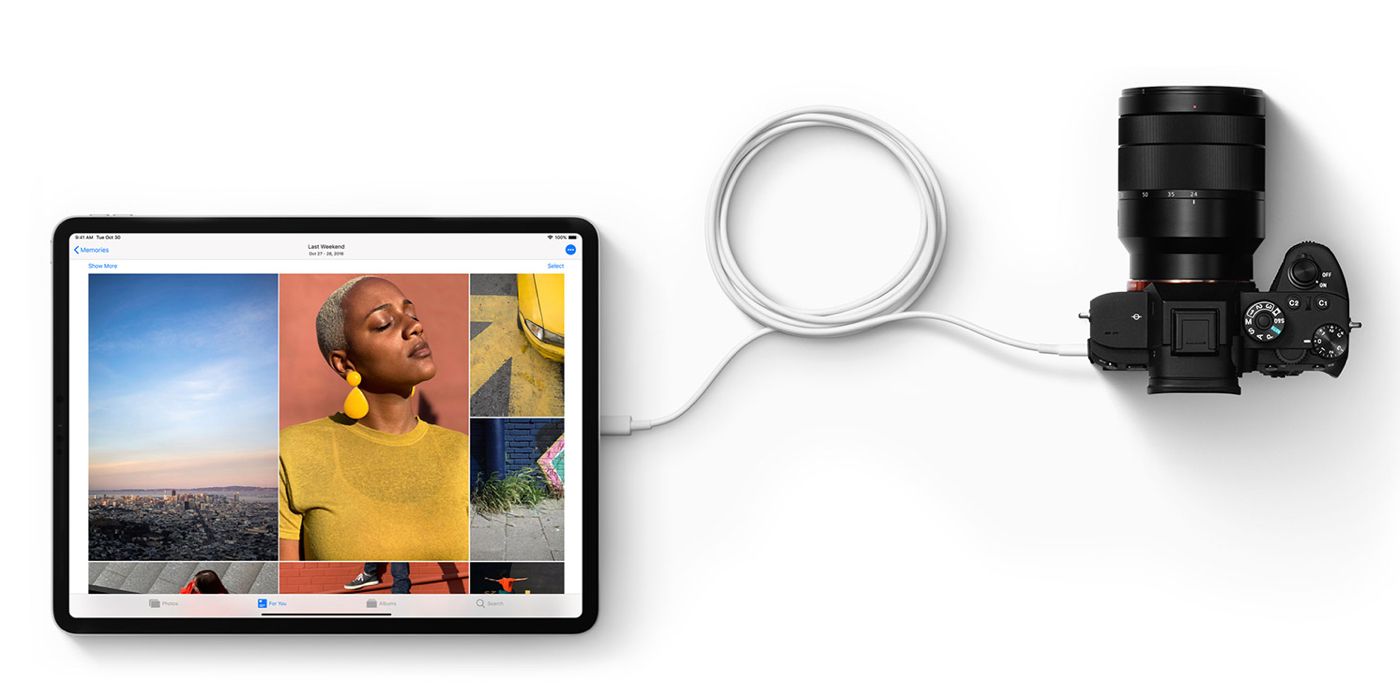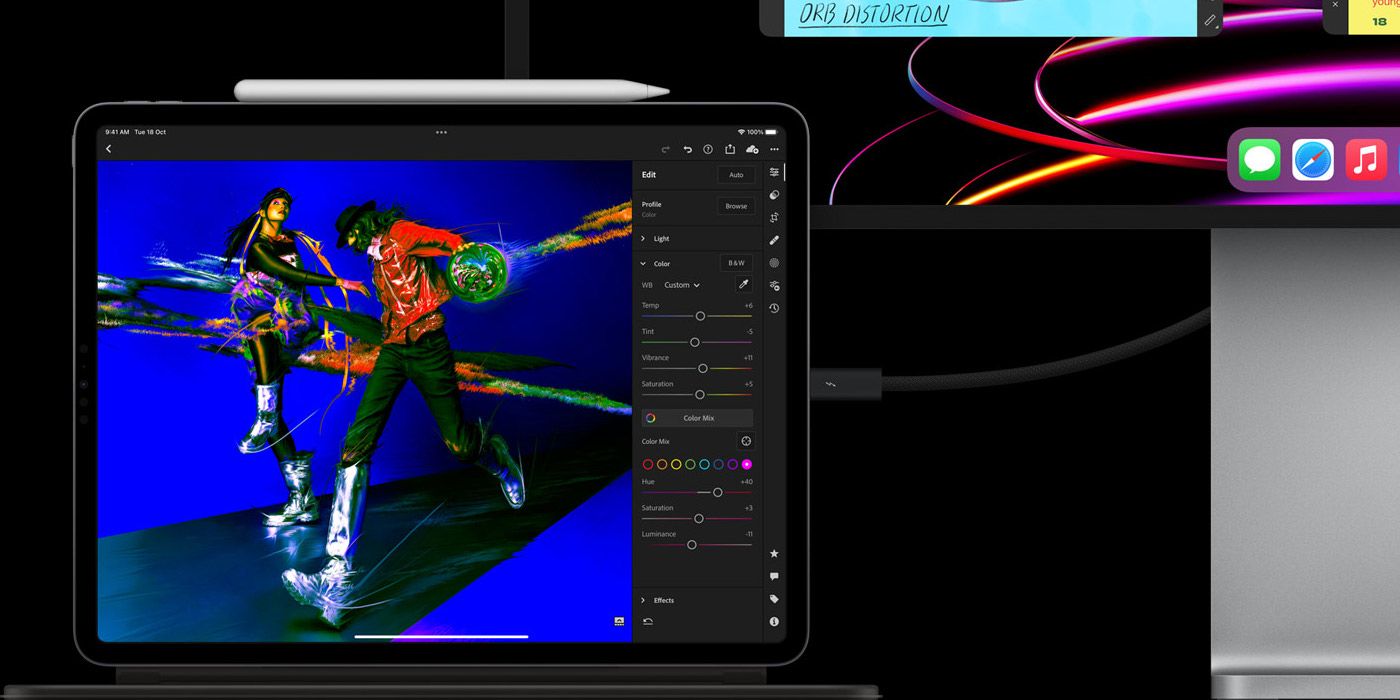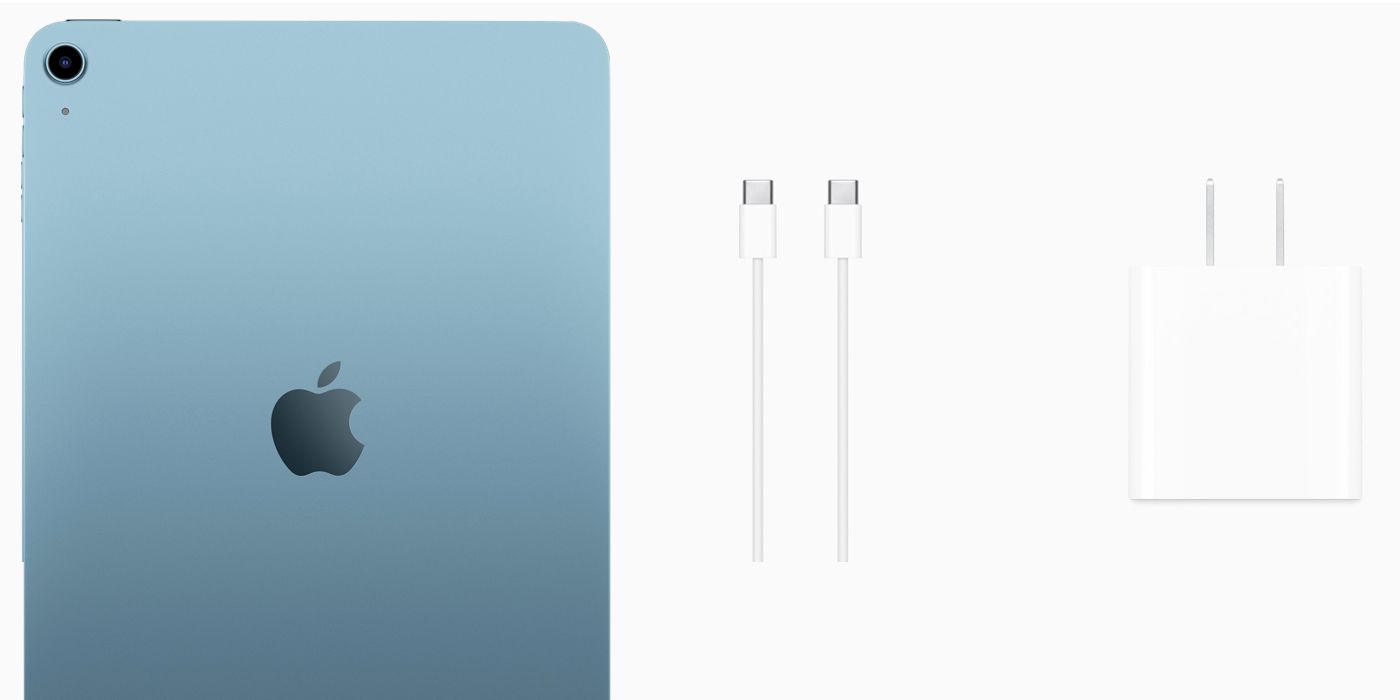Apple has been gradually switching from Lightning to USB-C for iPads, but which models feature the new port? While every iPad supports fast charging and data transfers, those with a USB-C port can do it faster. This also eliminates the need to carry multiple data cables and adapters. USB-C on iPads can do more than just that though, and have the ability to connect a variety of devices to make the iPad one step closer to becoming a standalone computing device.
The 2018 iPad Pro was the first iPad to feature a USB-C port. It was available on both the 11-inch (first-gen) and the 12.9-inch (third-gen) models launched that year. Since then, all following iPad Pro models, including the M1 iPad Pro released in 2021, and the M2 iPad Pro announced in 2022, have used a USB-C port. The first iPad Air to get a Type-C port was the fourth-gen model launched in 2020. The iPad Air (fifth-gen) also followed in 2022. The smallest iPad out there, the iPad mini (sixth-gen), adopted Type-C in 2021. Apple finally brought the Type-C port to the standard iPad (10th-gen) in 2022, making it the first model in the lineup to use the interface. With that, the transition from Lightning to USB-C is officially complete on the iPad lineup, and all future models will use the modern port.
What Can You Do With USB-C On iPad?
There are several advantages of USB-C over Lightning on iPads. Starting with the basics, USB-C can charge iPads at the highest supported speeds. However, Apple does not include the higher-wattage charger in the box, so users will either need to buy one separately or use a charger provided with a Mac. An iPad with USB-C can be connected to a Mac or PC using either a USB-C to USB-C cable (provided in the box) or a USB-C to USB-A cable (purchased separately).
Another game-changing feature that USB-C ports unlock is the ability to connect to external displays and monitors. As per Apple, the iPad Air (fourth-gen) and the iPad mini (sixth-gen) support external displays with up to 4K resolution. The iPad Pro 11-inch (first and second-gen) and the iPad Pro 12.9-inch (third and fourth-gen) can connect to up to 5K displays. Finally, the latest iPad Pros and the iPad Air (fifth-generation) support 6K displays with Pro Display XDR. In addition, iPads with USB-C ports can also connect to devices like televisions, speakers, storage hubs, keyboards, and Ethernet, provided a user has access to the right cable.
Apple sells a variety of adapters on its website to enable these connections, including a USB-C to HDMI, USB-C Digital AV Multiport, USB-C to 3.5mm, and USB-C to SD card adapters. Unfortunately, iPads with USB-C don't feature a headphone jack, which means users will either need to use a 3.5mm adapter or connect to wireless earphones like AirPods. iPads with USB-C can also charge a range of devices, including iPhones, other iPads, Apple Watches, and some third-party USB devices.
Which iPads Support Thunderbolt?
Thunderbolt is a powerful connection technology that offers faster data transfer speeds than conventional USB, and the ability to connect external displays and charge other devices. Thunderbolt uses the USB-C interface, which means that while it looks and functions like a USB-C port, it has additional capabilities. Only the iPad Pro 11-inch (third-gen) and iPad Pro 12.9-inch (fifth-gen) support the Thunderbolt standard. In addition, they are also compatible with USB 4 accessories.
Apple's Thunderbolt 3 cable has a lightning bolt symbol to distinguish it from regular USB-C cables. It's priced at $39, and supports data transfer speeds of up to 40Gbps, DisplayPort video output, and up to 100W fast charging on compatible devices. Alternatively, users can pick up a third-party Thunderbolt cable from brands like Belkin and Anker. iPad Pro users can use this cable to connect to high-resolution external displays.
Does Apple Include A USB-C Charger With iPads?
Unlike iPhones, Apple includes a charger in the box with its iPads. Users will get a 20W USB-C adapter in the box along with a USB-C to USB-C cable. iPhone users can use the same power adapter to charge their smartphone by just plugging in their Lightning to USB-C cable. It's worth noting that since Apple includes a USB-C power adapter with iPads, cables with a USB port won't be compatible with it.
Apple hasn't officially mentioned how fast iPads can charge, but it does confirm that users can plug in a higher-capacity power adapter, such as the charger that comes with Mac laptops, to fast charge their iPad. Predictably, Apple doesn't include a fast charger in the box, but given that iPads don't tend to be daily drivers like an iPhone, that shouldn't be a problem for most users.
Source: Apple




